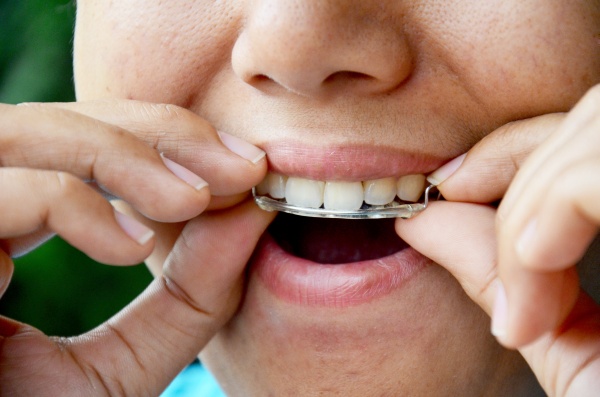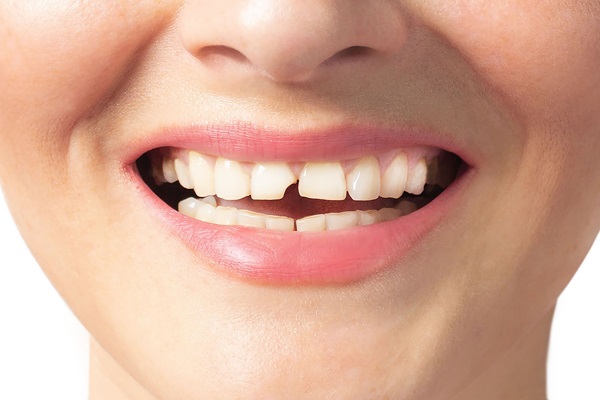How a General Dentist Can Help with Common Orthodontic Bite Problems

Many people think that a general dentist cannot help with bite problems. But the truth is that many general dentists can provide some assistance with common bite issues. Many of the operations that orthodontists undertake are also performed by general dentists, although their reasons for doing so may be different.
Common bite problems
People may instantly recognize some bite problems, such as overbite and underbite, that are very common. Others are self-explanatory, like crowding or spacing issues. However, there are a few bite problems that are lesser-known.
Openbite
If a person has an openbite, their top and bottom teeth do not touch when they clench their teeth together. There is a noticeable gap in between the top and bottom rows of teeth.
Overjet
This is different from an overbite. With an overjet, the top teeth jut out at an angle toward the lips.
Crossbite
A crossbite is a more severe underbite. Instead of the bottom teeth just slightly covering the top teeth, the top teeth can fit completely inside of the bottom teeth.
Orthodontics at the general dentist
Regardless of what type of orthodontic bite problem a person may have, a general dentist can (at the very least) address some of the issues.
Tooth extractions
The first way that general dentists provide orthodontic care is through tooth extraction. One of the primary ways in which orthodontists correct for overcrowded mouths is through the removal of teeth in a crowded area. Thankfully, a general dentist is quite capable of performing this procedure, too. Tooth extractions are often a part of adolescent dental care due to the emergence of wisdom teeth and the replacement of baby teeth with adult teeth.
Tooth extractions work by making space for teeth in the mouth to spread evenly over the gums. Tooth extraction can correct misaligned teeth, which can shove each other into weird shapes and angles if there is not enough space for all of them.
Provide braces or aligners
One of the primary duties of an orthodontist is to correct teeth alignment problems, but they are not the only ones capable of prescribing aligners such as Invisalign. General dentists can also prescribe these types of treatments and in some cases may insist on providing orthodontic care to their patients if they believe that they are not receiving the proper treatment from a specialized orthodontist.
Braces are more commonly applied by orthodontists, but general dentists can provide braces and the continual care required by the gear. Braces and aligners work by passively applying pressure on a patient’s teeth. Over time, the teeth are pulled into the correct alignment, growing or remaining there after a set amount of time. Braces are usually applied in childhood, once adult teeth have come in if they are deemed necessary, although adult braces are becoming increasingly common as well.
Preventing Tooth Decay
Finally, general dentists prevent unnecessary tooth extractions. If teeth are pulled from an already-aligned mouth, there might be too much space for the patient’s remaining teeth; this could shift everything out of alignment again.
Therefore, the high-quality dental care and hygiene that general dentists promote and ensure make it harder for a patient's teeth to rot or become so damaged that they will need to be removed. In a sense, by doing their regular job, general dentists keep a patient from needing extensive orthodontic work because of the preventative nature of the care.
Conclusion
General dentists are not the specialists that orthodontists are, but they are more than capable of providing excellent care for common orthodontic problems thanks to their shared training. Plus, visiting a general dentist may be cheaper than having an orthodontist address the issues.
Request an appointment here: https://brimhalldentalgroup.com or call Brimhall Dental Group at (661) 249-1122 for an appointment in our Bakersfield office.
Check out what others are saying about our services on Yelp: Read our Yelp reviews.
Recent Posts
There are more tooth replacement options available today than ever before. Still, a large number of patients still opt for traditional dentures. This option offers advantages other tooth replacements do not, and these advantages make dentures a better choice for some patients.What is meant by “traditional dentures”Traditional dentures are custom-made appliances, usually composed of porcelain…
A chipped tooth can affect your smile's appearance and oral health, leading to discomfort, sensitivity, and self-esteem issues. Fortunately, there are several effective options to restore a tooth's natural look and strength. A variety of treatments are available, depending on the severity of the chip, its location, and your treatment goals.A chipped tooth can result…
Dentures are removable oral appliances that can replace some or all of a person's teeth. Partial and full dentures are among the most widely used tooth replacement options. If you are considering this smile restoration option and are wondering if you should consider full or partial dentures, here are some helpful things to know.Dentures can…
Considering dentures? Read on to learn more about this type of restoration. People dealing with complete or partial tooth loss and wishing to restore their dental health and the natural look of their teeth must select the right dentures. With all the developments in technology and materials, there are more choices than ever before, each…


